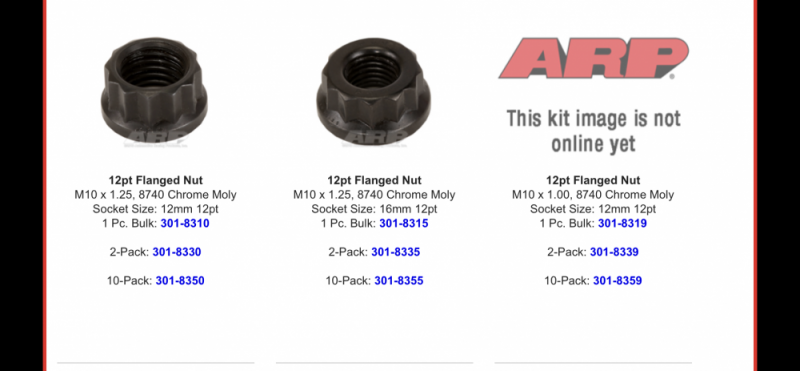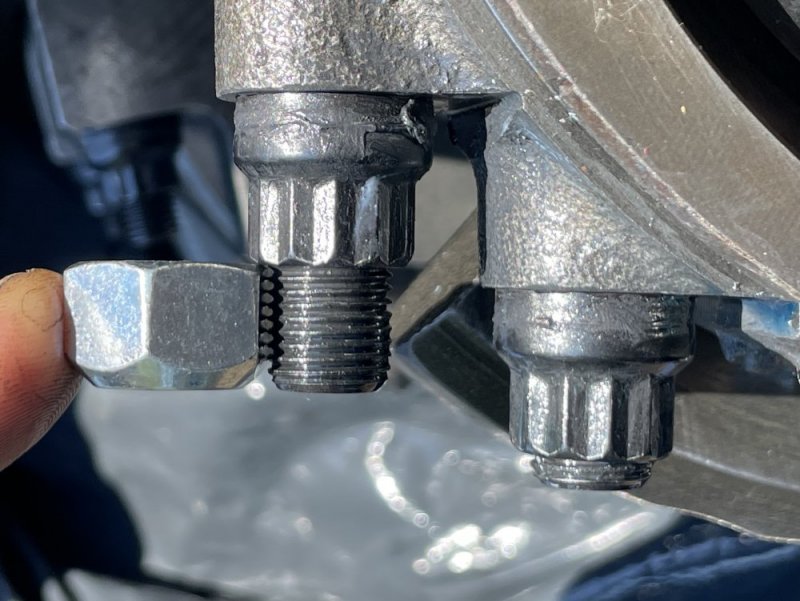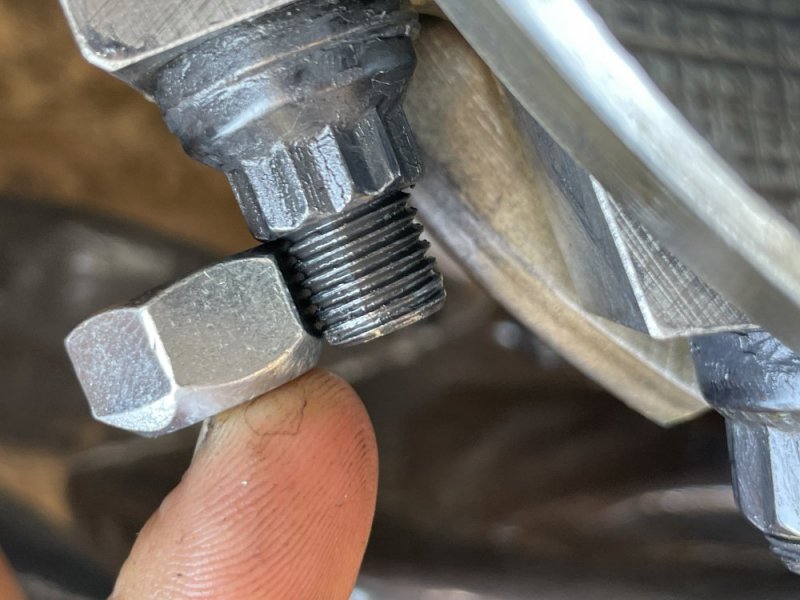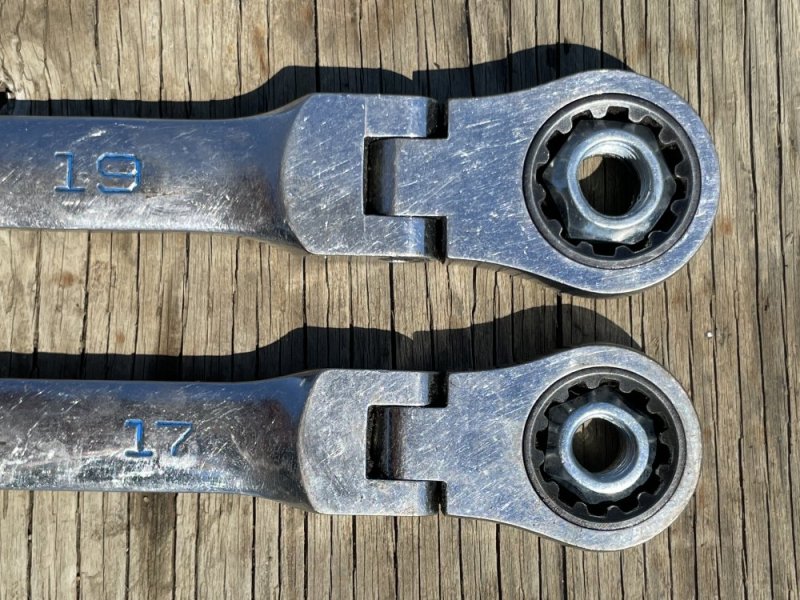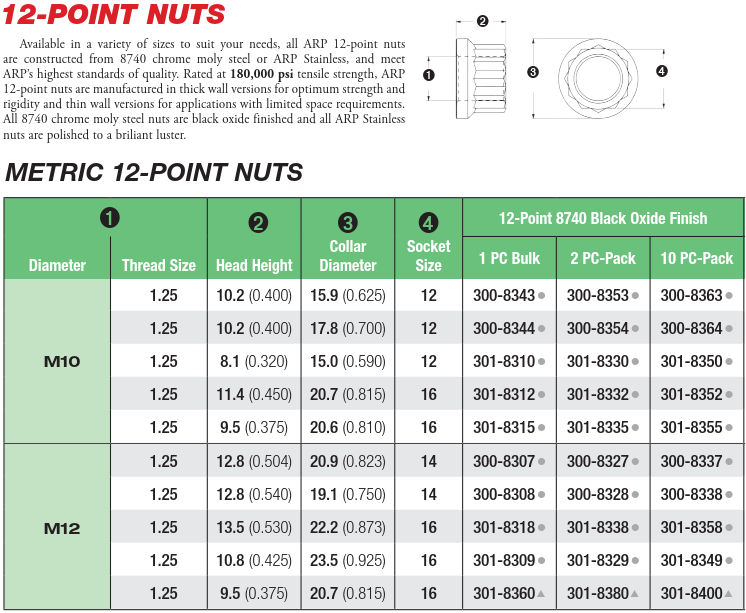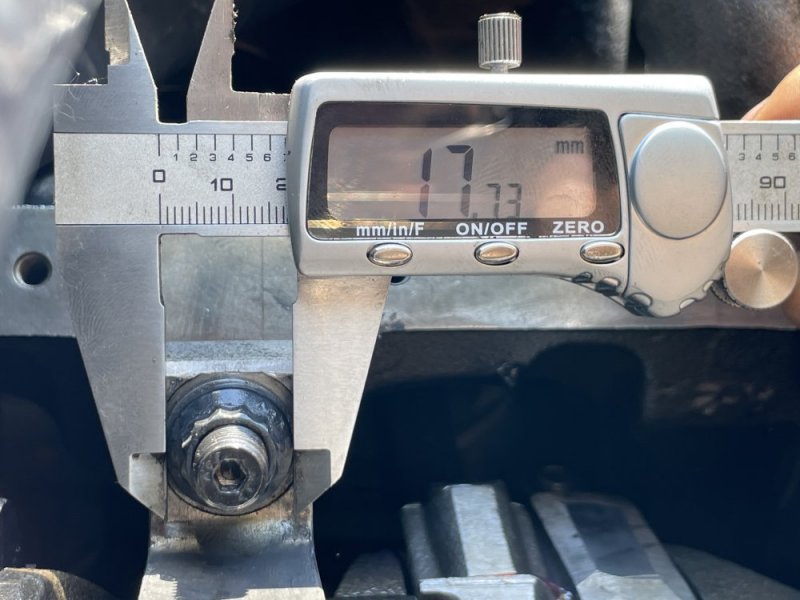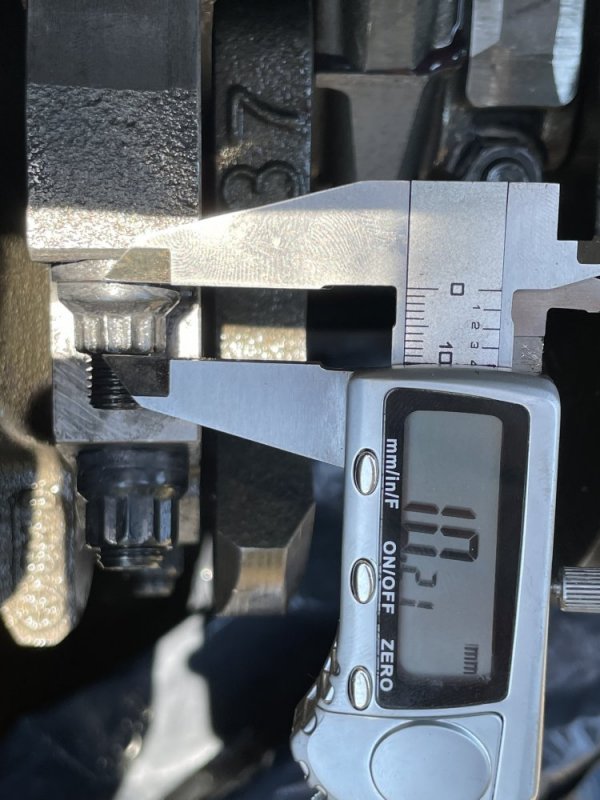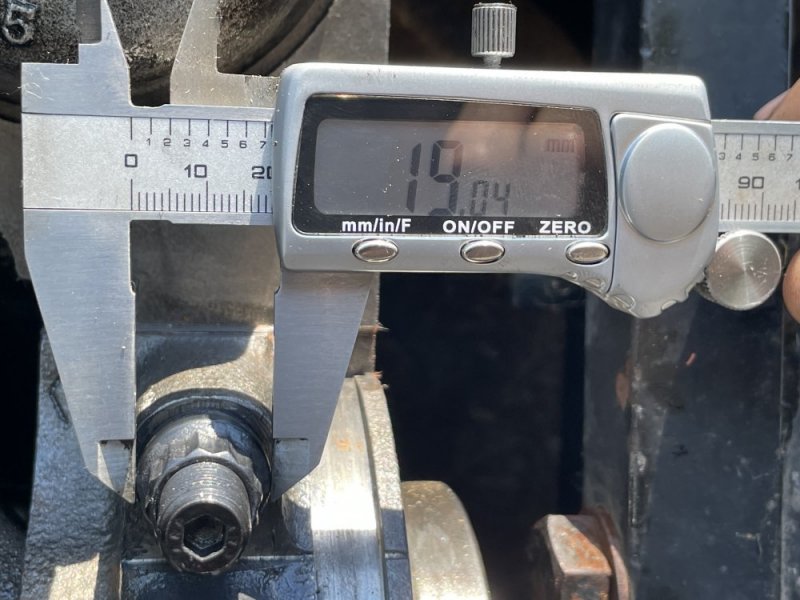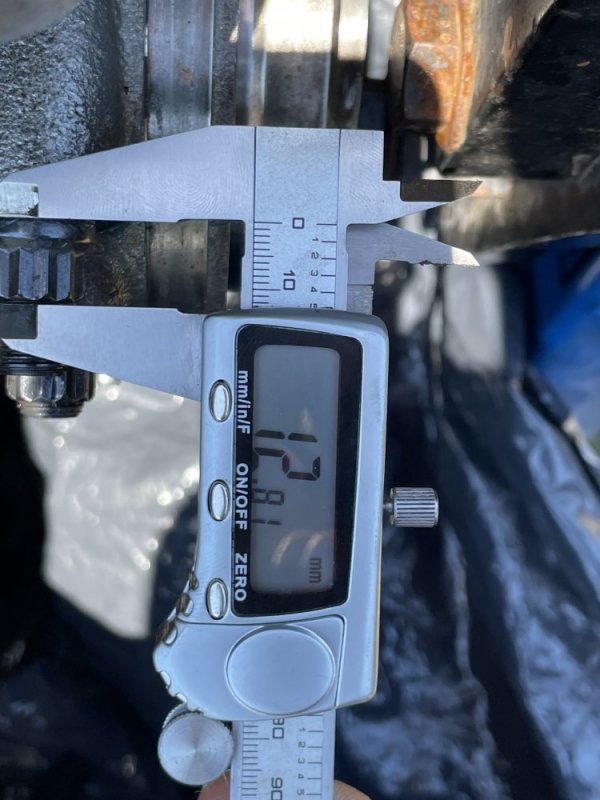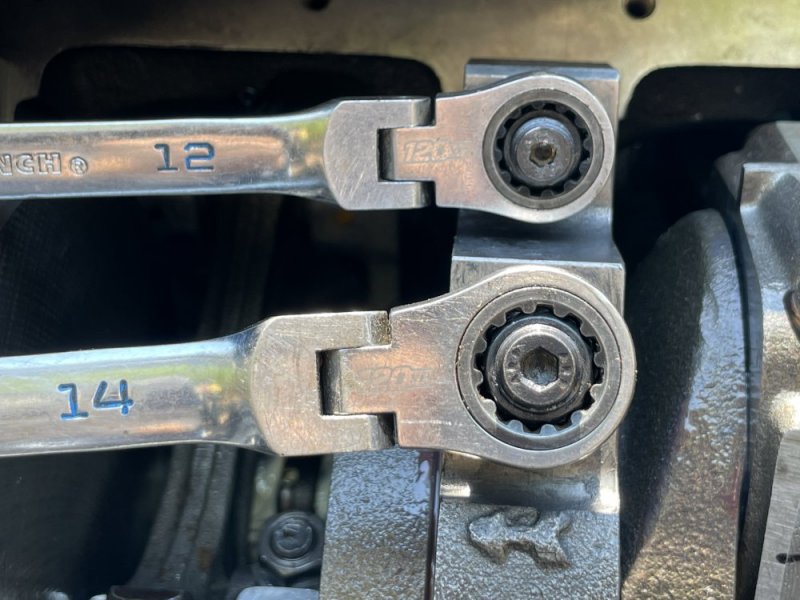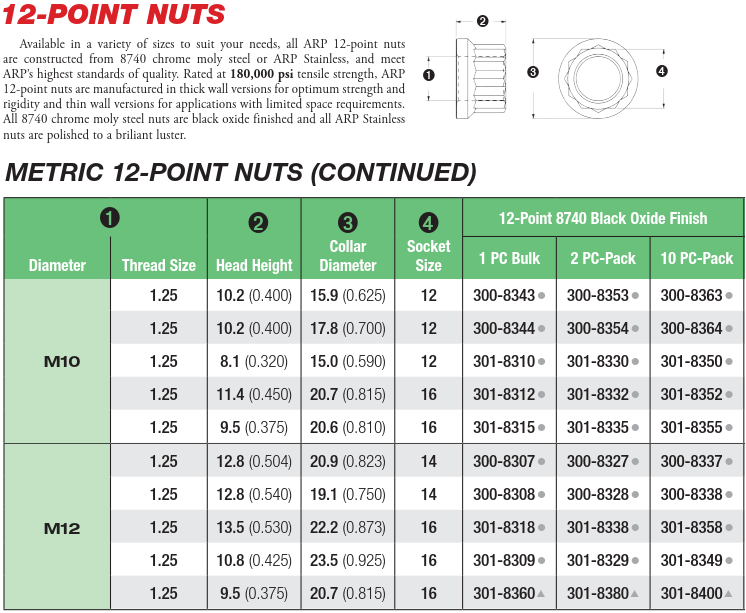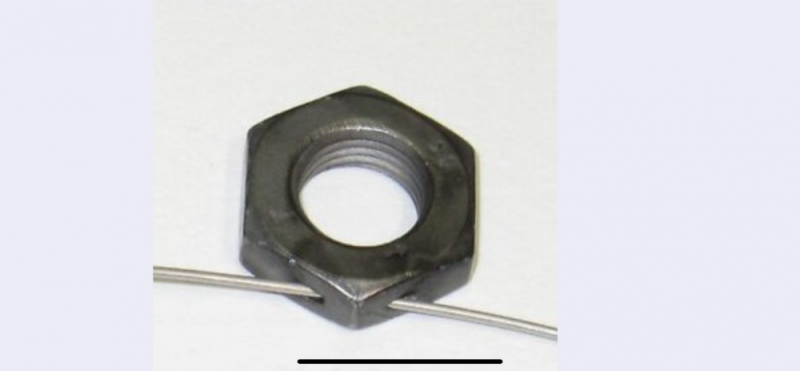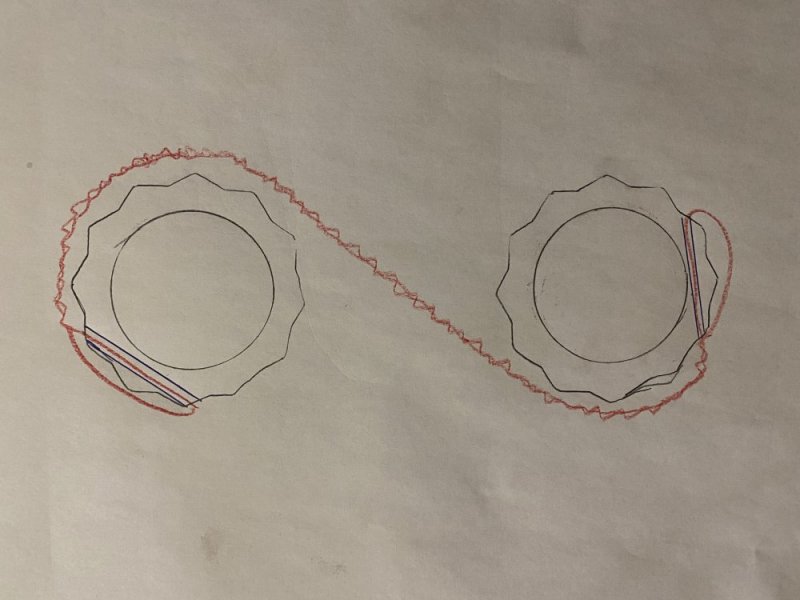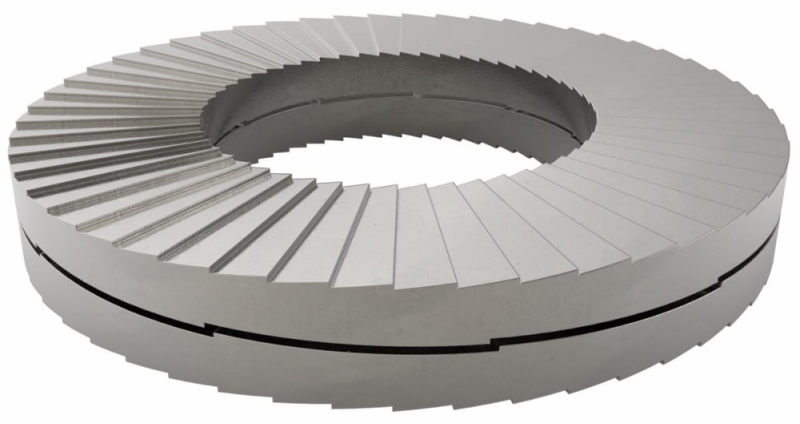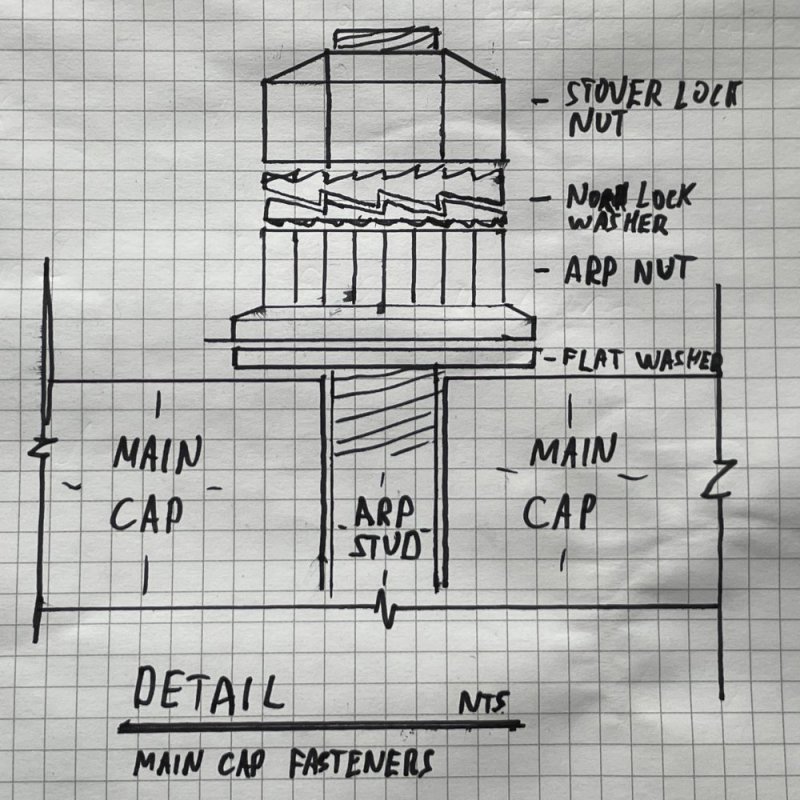Will L.
Well-Known Member
I was showing that as the type of tool.
Plenty of companies make them, and in metric also.
I just searched “metric ratcheting flare nut wrench” and this set popped up...
SK is a solid tool, there are others that are good as well. I only referred to SK because they make the most popular set.
Plenty of companies make them, and in metric also.
I just searched “metric ratcheting flare nut wrench” and this set popped up...
SK is a solid tool, there are others that are good as well. I only referred to SK because they make the most popular set.
Proto - 10Piece Metric Ratcheting Flare Nut Wrench Set (J3800M) - - Amazon.com
Proto - 10Piece Metric Ratcheting Flare Nut Wrench Set (J3800M) - - Amazon.com
www.amazon.com
As an Amazon Associate we earn from qualifying purchases.




